UL Solutions certified ABB’s 2000 V switch-disconnector for UL 98B, which ABB said is the first to pass the standard for a 2 kV switch-disconnector.
UL’s 98B only tests up to 1500 V, however, so the certification ABB received does not reflect its performance under 2 kV tests.
Across the wave from 600 V to 1000 V to 1500 V and now to 2000 V, excitement for the next voltage milestone has generally not wavered.
2000 Vdc systems allow for more power in a smaller footprint. They require less copper DC cables and fewer inverters, so the higher power systems don’t need as much operation and maintenance work.
In January, Brian Nelson, renewables segment leader for ABB, told pv magazine USA that the characteristics of these new sources and loads are requiring the existing grid to handle situations for which it wasn’t designed.
“As project sizes have gotten larger and larger, there’s a demand for components that go inside of those devices, inverters specifically, but just collection systems as well,” he said. “There’s a higher need for more power dense components. So, think circuit breakers and switches and things like that.”
Nelson said his electrification priorities are focused on developing components to facilitate the industry’s move from 1500 V to 2000 V for DC power. A recent white paper on the transition said higher VDC capacity allows for longer strings of solar panels, fewer combiner boxes, reduced wiring and underground trenching requirements, significantly reduced energy losses, and a lower cost per kWh.
“As we think about solar collection systems specifically that voltage has been increasing over time and I do not expect that to change,” Nelson said. “So we have the opportunity to really be an enabler of more power by making our components able to handle higher voltages, higher currents, which then allows more batteries, more solar modules to really get those projects to those incredible levels that we’ve seen announced in the last couple of years.”
Shifting to 2000 V is not simply a matter of swapping out components and instead requires a collective industry transition.
Finding components can be another another hurdle.
“We are testing different strategies for our designs and topologies and we have decided on what we want to build,” Perez de Larraya said. “The thing we are waiting for is certified components. Not in the inverter IGBTs [insulated gate bipolar transistors], which we can source, but other materials. But overall reliability should not at all be penalized for 2 kV, though inverter efficiency may fall some small, fractional percentage.”
Higher voltages put greater stress on inverter semiconductor switches, which can cause switching losses and affect the system’s long-term reliability. PV disconnect switches go inside an installation’s DC combiner box, which for now, are still typically 1500 V.
ABB’s three-pole DC switch-disconnector is designed for 2000 V utility-scale solar projects, enabling increased power output while reducing electrical balance of system costs by up to 15% through faster installation times, fewer components and lower labor costs, according to ABB. The 2000 V design optimization also allows for more modules per string to improve energy yield across the lifespan of solar installations, which ultimately drives costs down for developers and EPCs.
UL’s certification is a breakthrough for the solar industry, Bill Stewart, product marketing director, ABB Smart Power, said in a statement. “We’re proud to be the first to market with a UL-certified 2000V solution that directly addresses our customers’ demands for higher efficiency and lower costs without compromising quality. Innovations like this are according to S&P Global forecasts.
China’s JinkoSolar was the first solar module supplier to receive a UL certification for a 2000 V product. GE Vernova debuted its 2000 Vdc inverter last September, before moving its overseas operations back to the United States where it now manufactures the inverters at its new Pittsburgh facility
ABB moved its U.S. inverter manufacturing facility overseas in 2016. Three years later, ABB left the inverter business, saying its disposal of the low-margin unit would help its electrification business reach its overall profit margin aim of 15-19%. At the time there was much uncertainty in the market. Tarak Mehta, then president of ABB’s Electrification business, said the company wanted to focus on higher growth markets, such as motion control
In January, ABB jumped back into the inverter business, acquiring Gamesa Electric’s inverter and convert segment, as well as the acquisition of energy management company Lumin.
This content is protected by copyright and may not be reused. If you want to cooperate with us and would like to reuse some of our content, please contact: editors@pv-magazine.com.
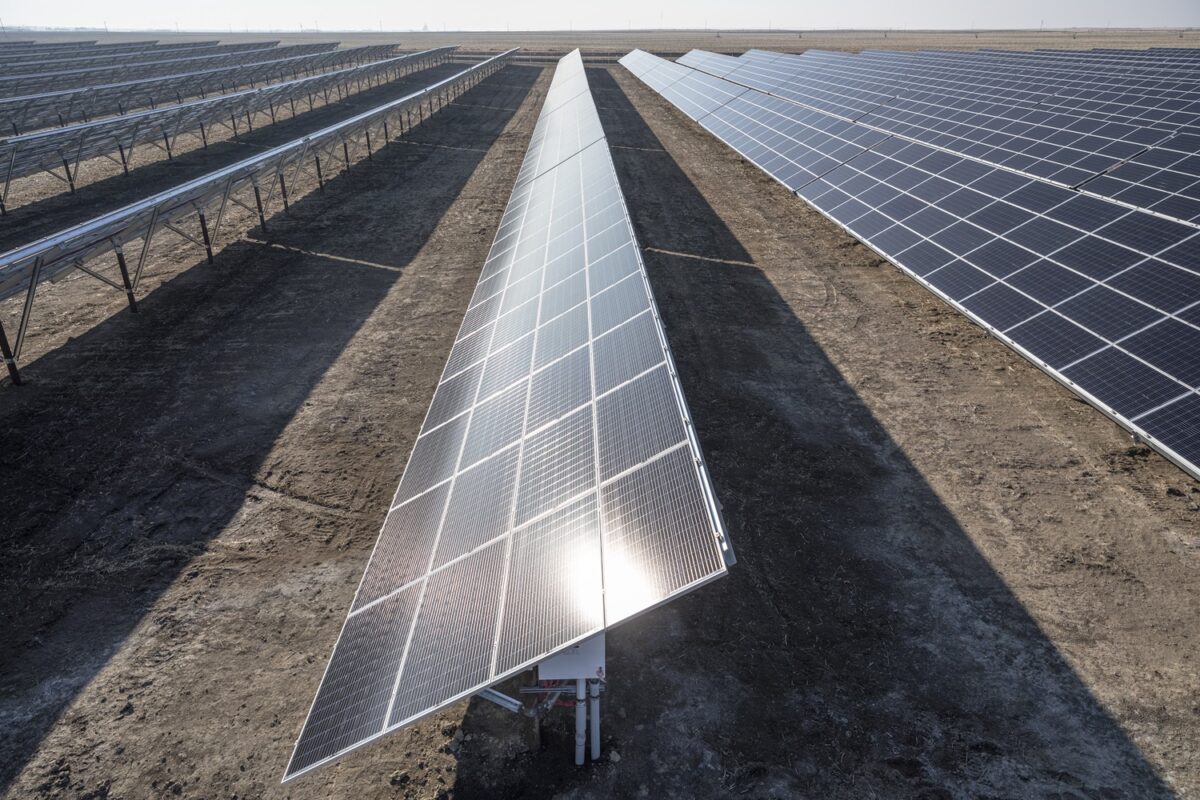
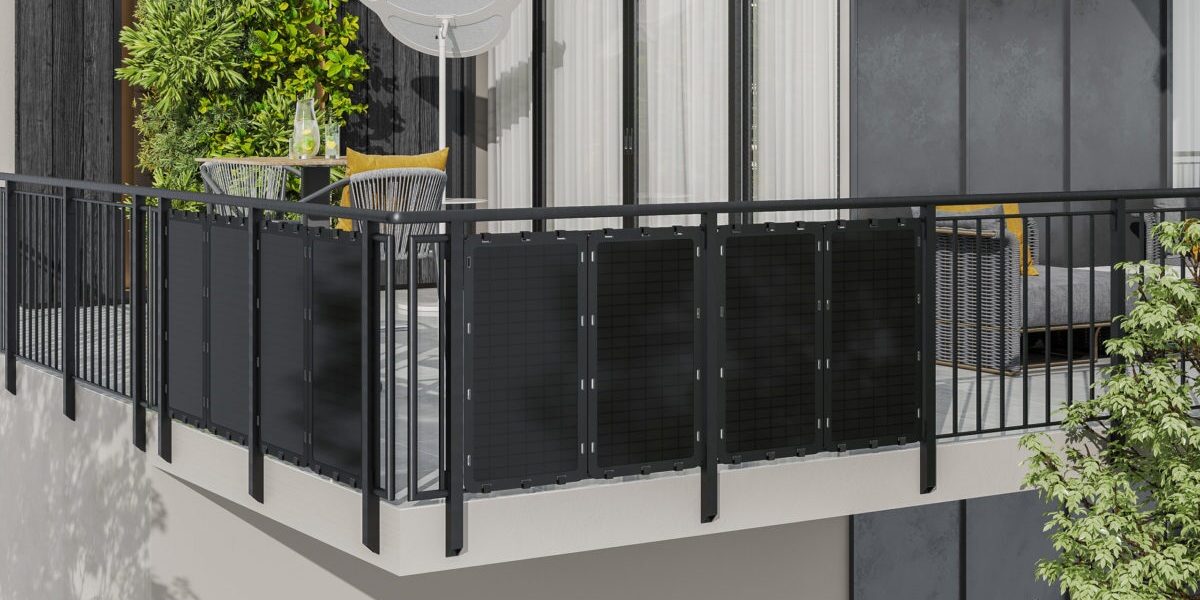


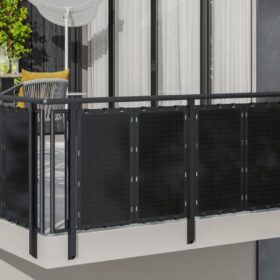
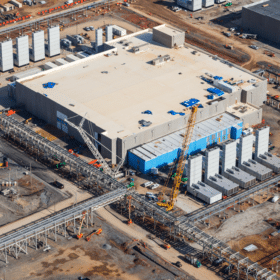

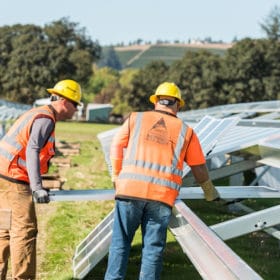
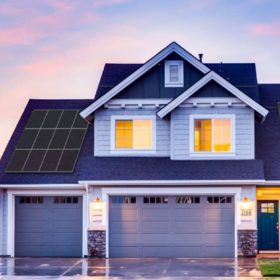
By submitting this form you agree to pv magazine using your data for the purposes of publishing your comment.
Your personal data will only be disclosed or otherwise transmitted to third parties for the purposes of spam filtering or if this is necessary for technical maintenance of the website. Any other transfer to third parties will not take place unless this is justified on the basis of applicable data protection regulations or if pv magazine is legally obliged to do so.
You may revoke this consent at any time with effect for the future, in which case your personal data will be deleted immediately. Otherwise, your data will be deleted if pv magazine has processed your request or the purpose of data storage is fulfilled.
Further information on data privacy can be found in our Data Protection Policy.